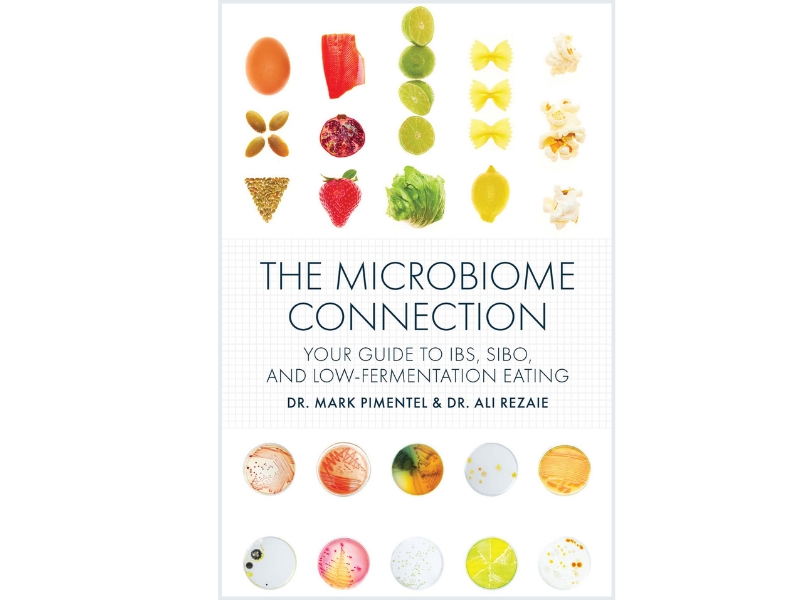
Choosing the Right Fruits For You
If you have ever tested positive for Small Intestinal Bacterial Overgrowth (SIBO) by taking a breath test, it's important to understand what foods you can safely consume, and those that may aggravate your symptoms further. Maintaining a proper diet is a key part of managing your SIBO. The Low Fermentation Eating (LFE) diet was developed from 20+ years of SIBO/IBS research by two of the world’s leading GI doctors from Cedars-Sinai. Dr. Pimentel and Dr. Rezaie developed the LFE diet to manage the unpleasant symptoms of SIBO including, bloating, abdominal pain, diarrhea, and constipation. Here we explain the different types of fruits that you can safely consume with SIBO, and those you should avoid.
Much like its name describes, SIBO is an overgrowth of bacteria in the small intestine, and dietary changes are designed to reduce bacterial populations in the digestive system. This is accomplished by reducing intake of foods that feed the bad gut bacteria. Simply put, certain fruits encourage the growth of the wrong bacteria in the small intestine. When too many bacteria populate in the small intestine it can lead to uncomfortable symptoms and inhibit your ability to digest and absorb nutrients from food.

When bacteria consume carbohydrate foods in your digestive tract, they produce gasses as a byproduct. This process is known as fermentation. The LFE diet is designed to bring the joy back to eating, making you feel satisfied and nutritionally supported, while starving bad gut bacteria, and keeping fermentation levels low. This is achieved by lowering fermentable carbohydrates in your diet.
Trial and error is an important tool for a patient to learn what works for them. During one's healing process, remember that the fruits that can be tolerated will vary substantially from patient to patient. As SIBO heals and bacterial overgrowth is eliminated, most patients will be able to broaden their diet. However, some SIBO patients may have structural or neurological conditions that require ongoing dietary management.
Fruits that are recommended to avoid include: apples, unripe bananas, dates, dried fruits, figs, fruit juice concentrates, monk fruit, pears and prunes as these all feed bad bacteria. Perhaps more importantly than what you can’t eat, is what you can. Eating the proper fruit is a great way to add low-calorie, high-water content options to your diet. Fruit also provides micronutrients that contribute to the proper functioning of your body’s immune system, cognition, and energy. As always, monitor how you feel.
Here is a list of fruits that are safe to consume while following the LFE diet. Remember, it is recommended that only one serving of fruit be consumed per sitting.
Avocado

The Microbiome Connection: Your Guide to IBS, SIBO and Low Fermentation Eating
A must-have resource for anyone who suffers from IBS or SIBO, or who wants to better understand their microbiome, this book will help you live a gut-happy and gut-healthy life.
